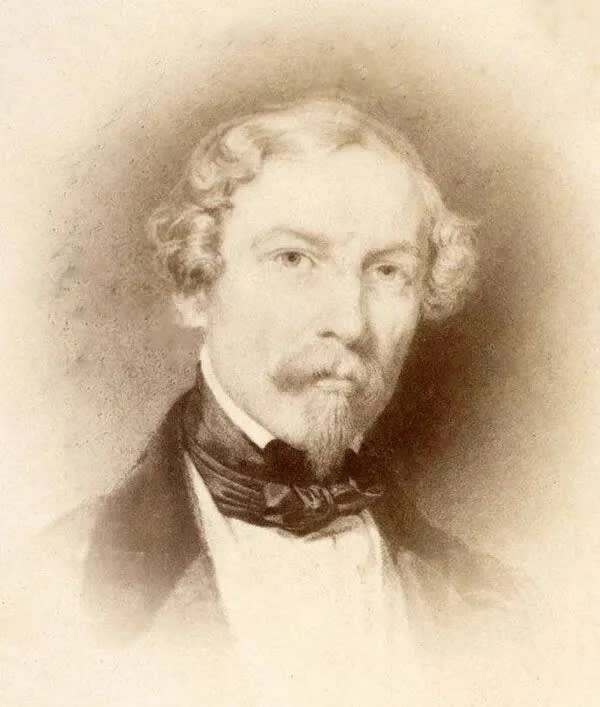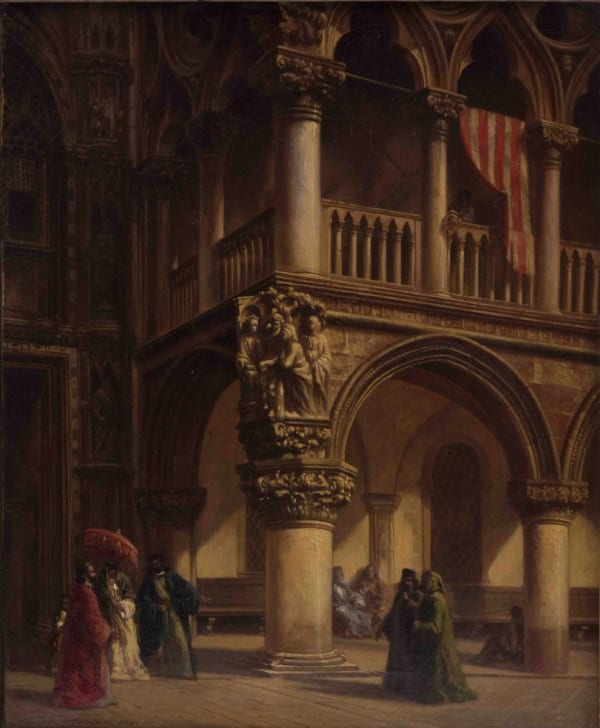Eugène Flandin French, 1809-1889
Orientalist painter, archaeological illustrator and public figure
Jean-Baptiste Eugène Napoléon Flandin was born in 1809 in Naples. A student of the painter Horace Vernet, he began his artistic career with Italian landscapes before joining the French army’s campaign in Algeria, where he painted historical scenes, including The Capture of Constantine, later acquired by King Louis-Philippe.
In 1839, he joined a diplomatic mission to Persia alongside architect Pascal Coste. Together, they travelled extensively through cities such as Tehran, Isfahan, Shiraz, and Persepolis, producing a major body of work consisting of drawings, watercolours, and detailed travel notes. Their journey resulted in the landmark publication Voyage en Perse.
Flandin continued his archaeological work in Mesopotamia, accompanying Paul-Émile Botta to Khorsabad, where he meticulously documented Assyrian bas-reliefs. He also published Monuments of Nineveh, along with more literary works such as The Orient and History of the Knights of Rhodes.
Upon returning to France, he settled in the Touraine region, where he held public office, including mayor of Cerelles. He died in 1889 in Tours.
Flandin’s legacy lies in the richness of his drawings, the accuracy of his archaeological documentation, and the elegance of his Orientalist depictions. His work remains a major testimony to the 19th-century European vision of the Middle East.

